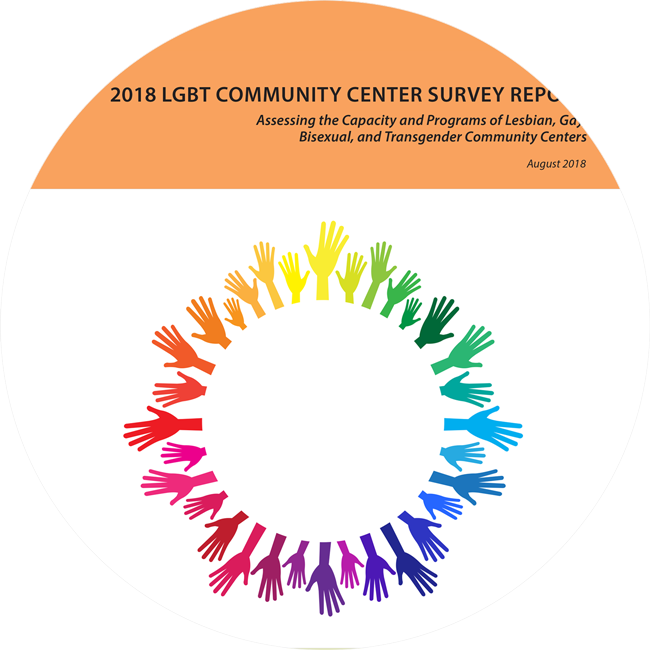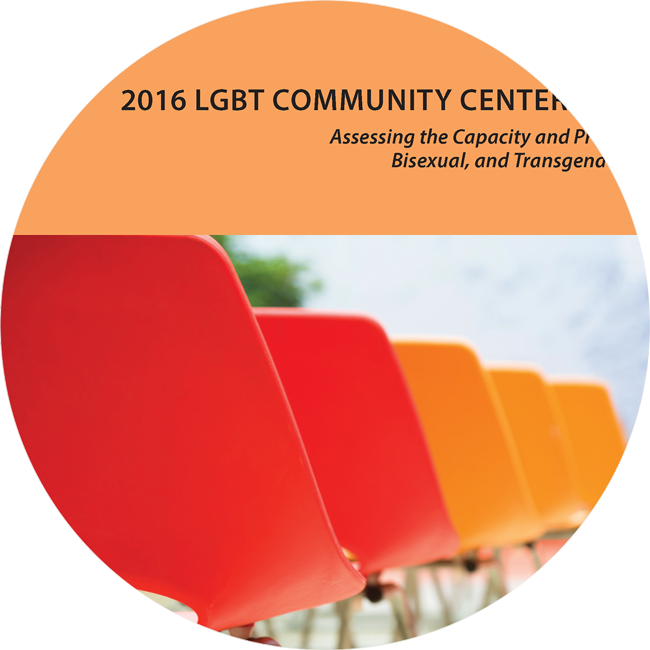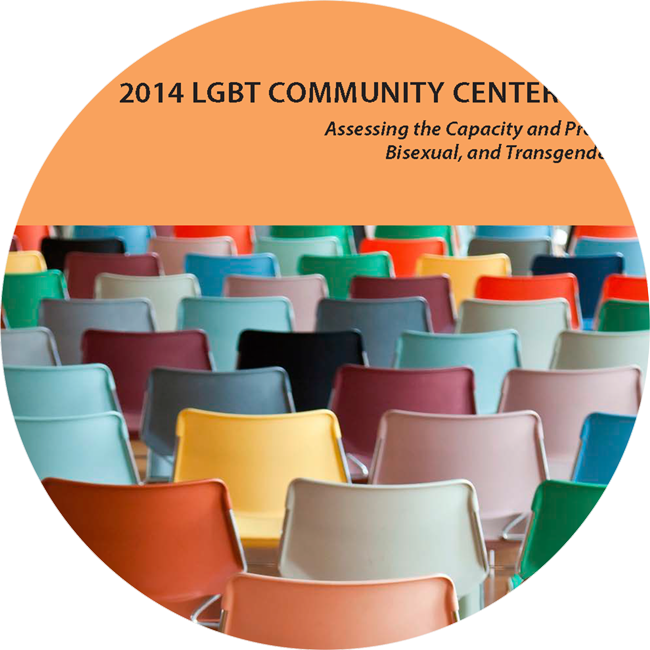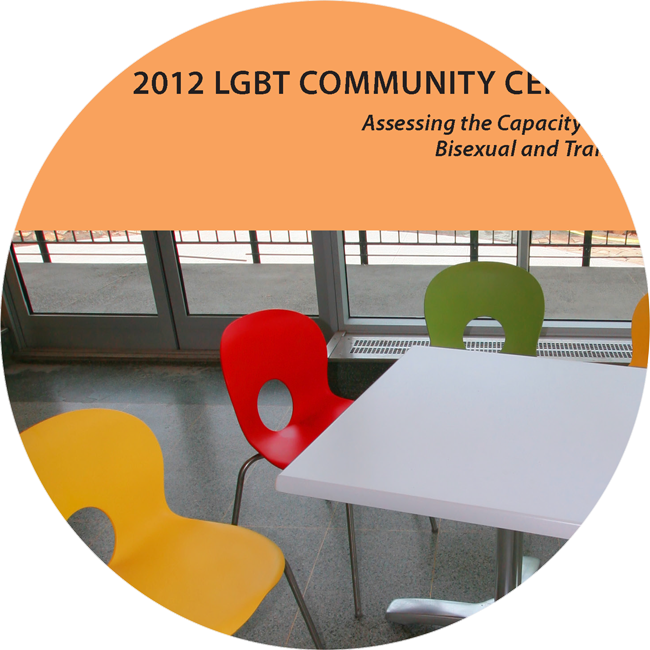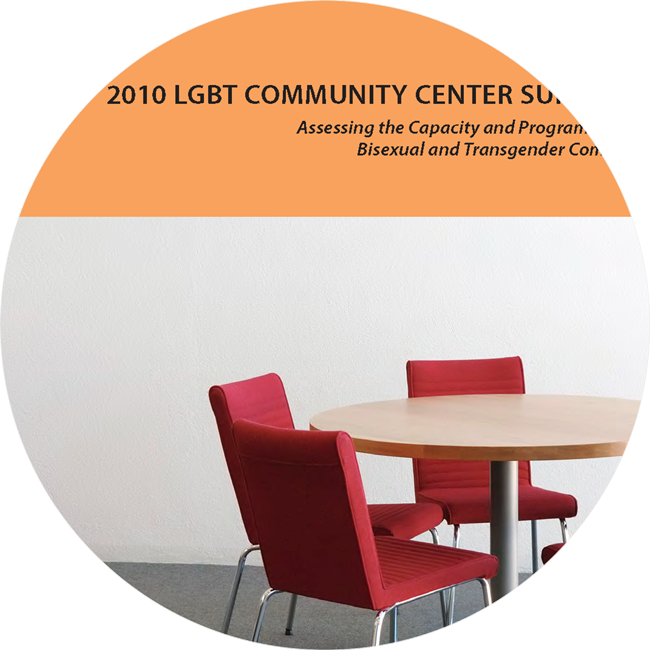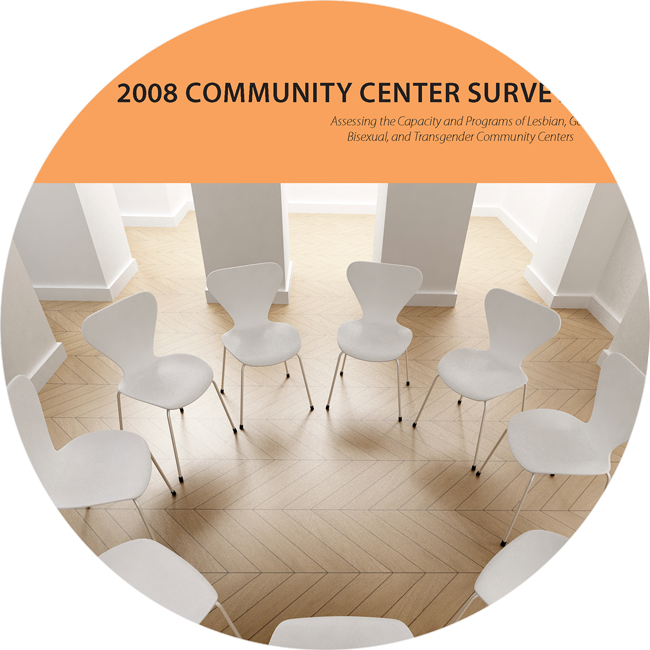LGBT COMMUNITY CENTER SURVEY REPORTS
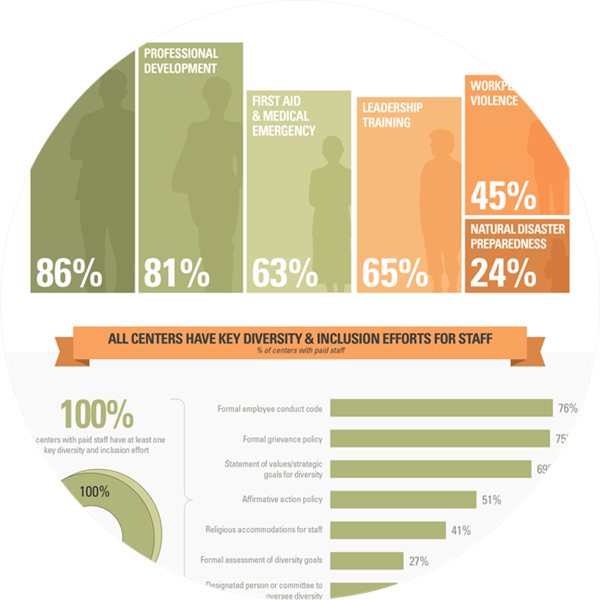
The biennial LGBT Community Center Survey Report provides a detailed picture of centers’ staffs and boards, program priorities, constituencies and services, infrastructure, fundraising, budgets, and technical assistance needs. The 2018 report finds that local community centers serving lesbian, gay, bisexual, and transgender people provide vital information, education, and health services to more than 40,000 people each week.
Abstract
The LGBT Community Center Survey Report, prepared jointly by MAP and CenterLink and published every two years, provides an overview of local lesbian, gay, bisexual, and transgender (LGBT) community centers, including their capacity, their programs and services, the people they serve, and their technical assistance needs. Among the 2018 report’s key findings:
- In 2018, the report surveyed 128 centers located in 40 states, the District of Columbia, and Puerto Rico, and provides a crucial snapshot of the centers that provide vital services, programs and advocacy for LGBT people. Among the report’s key findings:
- Participating LGBT centers serve 40,550 people in a typical week and refer nearly 5,550 individuals each week to other agencies for services and assistance.
- The 113 centers that reported 2017 revenue data have combined revenue of $226.7 million. Small centers projected an 18% increase in expense budgets from 2017 to 2018, while large centers projected a 5% increase from 2017 to 2018.
- Nearly half (47%) of all participating centers reported obtaining at least one government grant (local, state, or federal) of over $10,000 in 2017.
- Participating centers employ nearly 2,000 paid staff and engage with more than 14,000 volunteers for nearly half a million volunteer hours annually.
- Half of LGBT community centers remain thinly staffed: 25% have no paid staff and rely solely on volunteers, and 32% have between one and five paid staff. As expected, small centers with budgets of less than $150,000 are much more likely to have few or no paid staff; 56% of small centers have no paid staff, while three-quarters (76%) of centers with budgets over $150,000 have six or more paid staff.
- More than three-quarters of centers (78%) that engage in policy-related activities work to advance policy at the local level, 67% at the state level, and 31% at the national level.
Authors
Download and Read the Survey Reports


